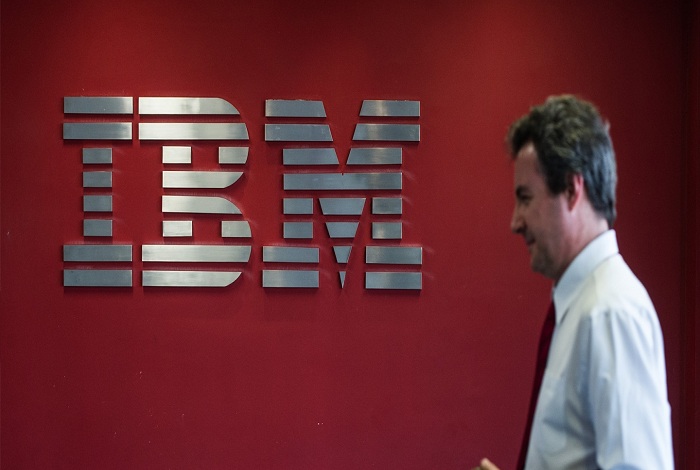At the Serverless Conference in New York City, IBM has announced a new capability to further the development of serverless applications.
The new tool introduced by IBM is a Composer that comprises a library of patterns that are key for building serverless applications. This tool is also having inherent serverless features such as auto-scaling and pay-as-you-go built into it.
As of now, the programming model is available for use in only Node.js language, but developers can deploy the model to make it available in other programming languages such as Python, Swift, and Java.
While explaining about the tool, principal researcher for IBM Cloud Functions, Rodric Rabbah stated, “Rather than forcing people to learn new programming languages, we’d rather bring the model into their favourite programming language.”
Rabbah further added highlighting the key features of serverless and Functions-as-a-Service, “To make functions first class and still allow you to orchestrate the execution of all the functions and the data flow between them automatically, freeing the programmer from having to do that.”
IBM researcher Paul Castro further explained that working with Composer is unlike the typical process wherein the developers building solutions with serverless either had to roll their own composition in an ad hoc manner or use a separate service, such as AWS Step Functions. He stated, “Composer is bringing that composition into the development flow you would already use for serverless, and it’s well integrated into what we have in OpenWhisk / IBM Cloud Function.”
IBM is also about to introducing the functions shell, a new tool to help with developing, deploying, running, and debugging serverless Functions and compositions. For example, a developer can use it to edit code in a text editor instead of a drag-n-drop UI, or to validate compositions with visualizations without switching tools. It also helps developers deploy and invoke compositions using familiar CLI commands.















